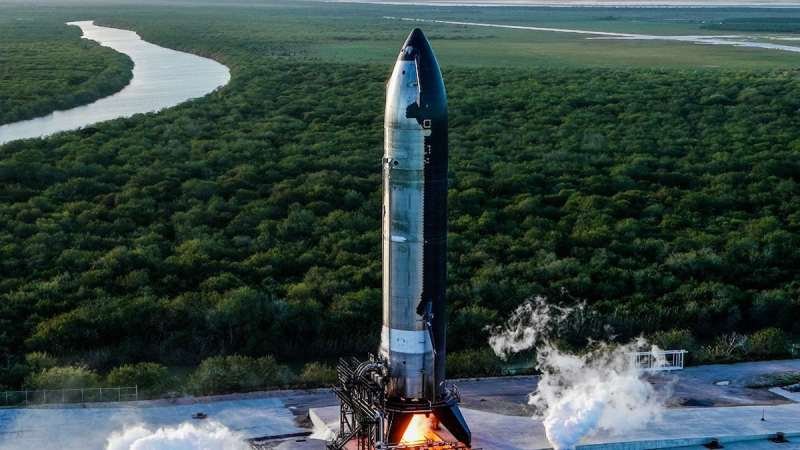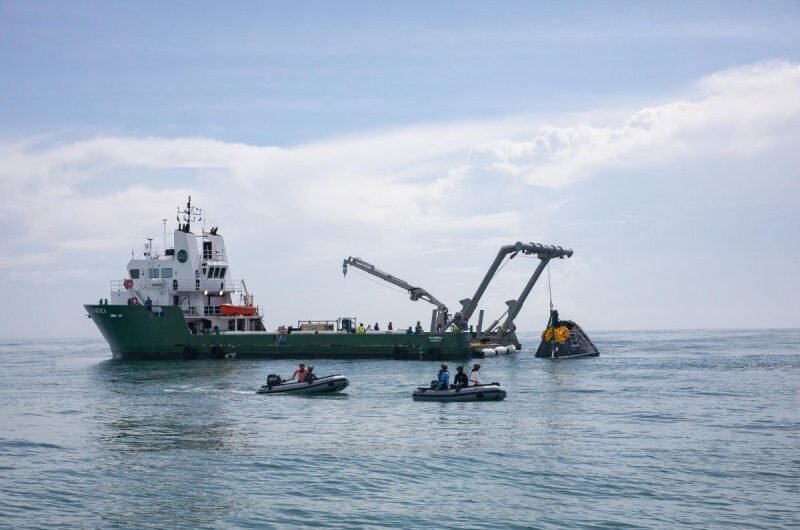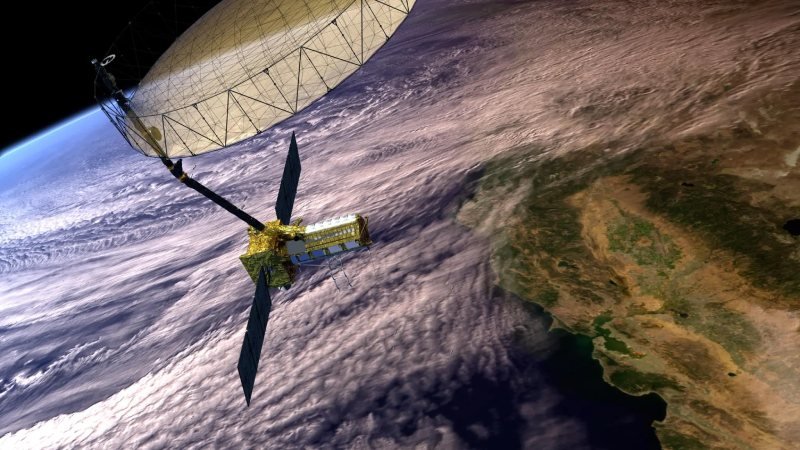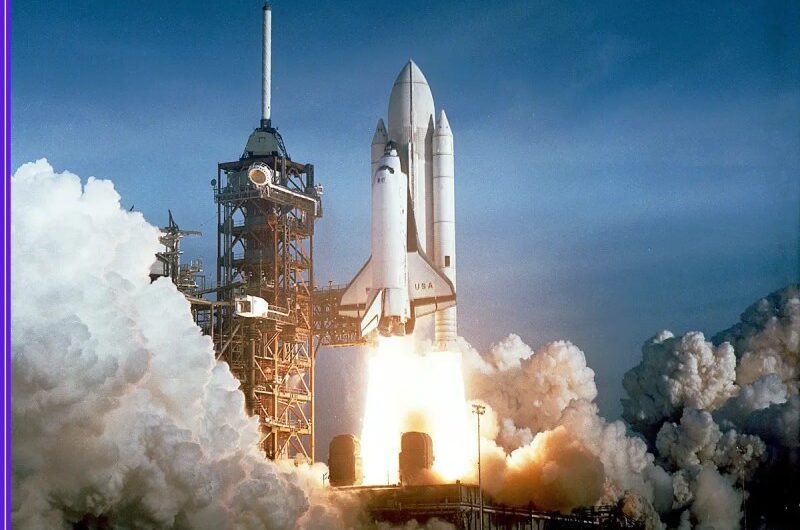For its seventh flight test, SpaceX will launch its Starship rocket on January 13 from the Starbase facility in South Texas. Liftoff is scheduled for 5 p.m. EST. The 400-foot-tall reusable rocket is intended to assist with lunar and martian expeditions. The mission is reportedly aiming to launch payloads into space for the first time, which is a major milestone in the rocket’s testing phase. The launch webcast will start about thirty-five minutes before to the planned departure time.
Mission Goals and Payload Details
Ten simulated satellites will be launched as part of this test. As part of a practice for upcoming satellite placement missions, these are reportedly designed to resemble the size and weight of next-generation Starlink satellites. As mentioned, the satellites will go in the same suborbital direction as the rocket, with the Indian Ocean serving as the target for splashdown. In keeping with other test flights, Starship’s 50-meter upper stage, known as “Ship,” is also anticipated to return via a controlled splashdown in the Indian Ocean.
Reusability and Booster Retrieval
This mission’s Super Heavy booster will use a previously flown Raptor engine, which is the first time hardware has been reused in a Starship flight. Additionally, an attempt will be made to replicate the Super Heavy booster’s catch using Starbase’s launch tower, a maneuver that was accomplished successfully in October 2024 but was complicated by communication problems in the test conducted in November.
Schedule of Upcoming Launches
The test takes place during a busy time for space exploration. A SpaceX Falcon 9 mission with private moon landers is scheduled for January 15, while Blue Origin’s New Glenn rocket is getting ready for its January 10 launch. These changes highlight how quickly the commercial space industry is developing.
Topics #SpaceX #SpaceX Starship Seventh Flight #Starship Flight Test Updates











